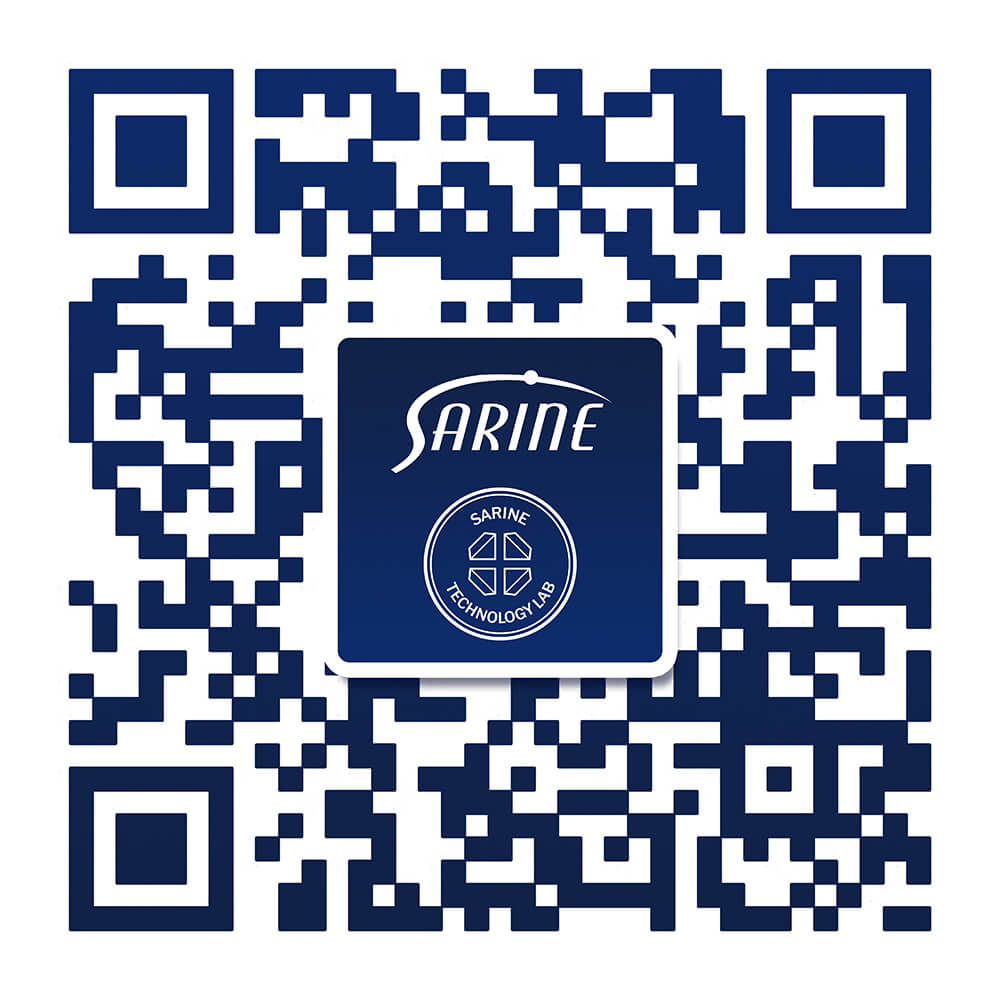These are not ordinary times. And in the shadow of a global pandemic and a tumultuous economy, consumer behaviors are not ordinary or predictable either. However, there are clear signs pointing towards healthy recovery for the diamond industry, based on continued consumer appreciation for the emotional symbolism of diamonds, a slow but steady return to manufacturing, and an increased reliance on digital technologies that have powered the industry in new ways.
As we approach the most important season of the year, here is a roundup of the trends and technologies in 2021 that will continue to spur the diamond industry recovery that is already underway.
Growth in rough sales – steady and sure
While 2020 saw an unexpected and unprecedented downturn in the rough diamond market, the signs are pointing towards a bounce-back with stronger growth through 2021-2022. Botswana is a case in point.
Diamond mining in Botswana accounts for nearly 20% of the GDP, and De Beers gets approximately 70% of its rough supply from the country. As the nation’s critical diamond industry returns to life, Botswana is forecasting 7.7% growth in the economy in 2021. Furthermore, De Beers’ September sight in Botswana saw a 57% jump in sales. Compare that to Q2 2020, just a few months ago, when the Botswanan economy shrank by 24% as a result of pandemic lockdowns.
And it’s not just in Botswana that signs of growth are clear. De Beers is citing over 12% increase in the sale of rough diamonds leading up to the end-of-year holiday season. De Beers’ ninth sales cycle (Nov 2-16) resulted in sales of $450 million in 2020, compared to $400 million in the same period last year. All these figures are pointing towards a buildup of steady growth in the downstream pipeline.
Diamonds are forever, even during a pandemic
While consumer anxiety and the effects of the lockdowns are felt in almost all industries, diamond jewelry is still on the top of consumer shopping lists this coming holiday season. This is according to a De Beers report, which found that 60% of men in the US planned to buy diamond jewelry for their significant other, and close to 33% of women plan to buy as a gift to themselves as we approach the holidays. In India and China, the sentiment is even more positive, with over 80% of consumers saying they would likely buy diamond jewelry for themselves or for others.
.jpg?width=3264&name=BeFunky-collage%20(1).jpg)
Interestingly, the survey highlights the fact that consumers in the US and India named “positivity” as their number one need, rather than “stability”. Clearly, the emotional significance of diamonds is unbreakable, even in the face of a global pandemic that shook up the world like nothing else in living memory.
The consumer drives it all
More than ever before, the diamond pipeline is now determined by consumer demand. How and when consumers bounce back in the post-pandemic period will have the strongest impact on the state of the industry moving forward.
As already noted, recent world events do not seem to have fundamentally shaken the consumer’s emotional connection with diamonds. However, confidence in the economy and retail spending habits are certainly affected by events such as the third-wave lockdowns that are currently sweeping many countries, and the sense of hope surrounding the introduction of a vaccine which looks promising in the first half of 2021.
According to Dr. Gaetano Cavalieri, president of CIBJO, the World Jewellery Confederation, despite positive signals in the industry, “it would be presumptuous to expect a full restoration of movement through the pipeline before the second half of 2021.” At the same time, the reduction in manufacturing has helped to reduce oversupply on the consumer retail end, which may ultimately help to rebalance the pipeline and reduce financial stress on the midstream. As Dr Cavalieri states, “When the market picks up, the industry should be able to respond quite quickly.” And this is good news for all players in the diamond pipeline.
Despite the situation, consumers are adjusting
In an IDEX report by Pranay Narvekar and Chaim Even Zohar, the authors forecast that rough demand and polished sales will be higher in 2021 than even 2019, before the onset of the pandemic. This is due to positive changes in the diamond pipeline already starting to take shape in 2019. But it is also spurred by the fact that consumers are not abandoning diamond and jewelry purchases at all; rather they show signs of adapting to the “new normal”, and delaying buying diamonds for when the consumer scene opens up. Weddings, for example, are not being canceled, merely postponed – which means that the need and desire for diamond wedding jewelry will be back in full force too.
According to De Beers’ Diamond Insight Global Sentiment report, China is leading the world in restored consumer sentiment, with 85% of consumers saying they were settled into their new routine, with the figure at 65% and 63% for the US and India respectively.
There is also the concept of “revenge” spending that may well drive a boost in the industry once the path out of the pandemic becomes clear. Revenge spending is the rush to purchase among affluent consumers once lockdown restrictions ease. Luxury goods – including diamonds and jewelry – are the ideal revenge purchase. For instance, the Hermes flagship store in Guangzhou, China saw a massive $3.8 million in sales in just one day after reopening.
Rising demand for craftsmanship amid reduced inventory supply
As diamond manufacturing was slashed back in 2019, supply at the pipeline downstream is now under pressure, and at the same time, consumer demand is starting to awaken. Inventory is reducing in retail stores, while the slowdown in manufacturing has meant that restocking of new jewelry is not happening fast enough.
This plays nicely into what is predicted to be a growing trend in the coming year: craftsmanship. According to the De Beers Diamond Insight Flash Report published in September, demand for customized and artisan crafted jewelry is on the rise. This is believed to be in connection to the behavioral impact of the pandemic lockdowns, when people were compelled to stay home. Suddenly, people all over the world used their time engaging in homegrown activities, which led to an increased sense of nostalgia and authenticity. This appears to be spreading to the diamond and jewelry market, where consumers are searching for that same sense of authenticity, traditional craftsmanship and personalization of their diamond jewelry piece.
Online takes a massive leap forward for the entire diamond industry, not just consumer retail
Throughout the pandemic, consumers worldwide turned to the internet for shopping and socializing. How the digital boom will impact consumer behavior in the long term remains to be seen. Either way, it is clear that 2020 has been a milestone year for e-commerce – total online shopping spend this year is expected to reach an all-time high of $4.13 trillion.
Digital interactions and transactions have dominated the diamond industry this year, and not just on the consumer side. For example, as travel restrictions were enforced worldwide, rough trading was conducted online at Alrosa with Sarine’s digital rough trading platform, launched in 2019. The new technology was already making big strides into the industry before the pandemic; the push to online due to social distancing protocols shows just how vital and effective the technology has proven to be.
The ways that diamond business is conducted will surely see some long-lasting changes, now that professionals throughout the industry have become accustomed to working and collaborating online. As Dr. Gaetano Cavalieri, president of CIBJO, the World Jewellery Confederation states, “In so many ways, the enforced physical separation of the industry has brought us much closer together digitally, with many of us now communicating multiple times daily as if we were seated alongside each other...Simply stated, it is considerably more cost-effective working on Zoom than it is spending weeks out of each year on the road.”
Accelerated shift towards transparency in sourcing
The effects of the pandemic and the subsequent economic hardships are felt very strongly among diamond mine workers and their families in several countries. This has only added to existing challenges in achieving transparency and maintaining appropriate ethical standards along in diamond sourcing and manufacturing, as outlined in a report scrutinizing 15 major jewelry companies.
The issue of transparency in the diamond pipeline continues to accelerate, driven by the development of first-ever technologies that support true traceability practices. In 2021, the move towards adopting traceability solutions – such as Sarine Diamond Journey™ – will continue apace. Not only does Sarine’s traceability solution ensure a verified chain of provenance data, but it also provides consumers with a more engaging and compelling digital diamond experience, which is essential in the contemporary jewelry store environment.
Even more advanced and radical solutions, such as Sarine’s Grading at Source, which provides the capability to grade diamonds in any location without the need to send to a third-party lab, will move closer to becoming the base standard in a changing diamond industry, through 2021 and beyond.

.png)


-1.jpg?width=310&name=blog_image%20(003)-1.jpg)





